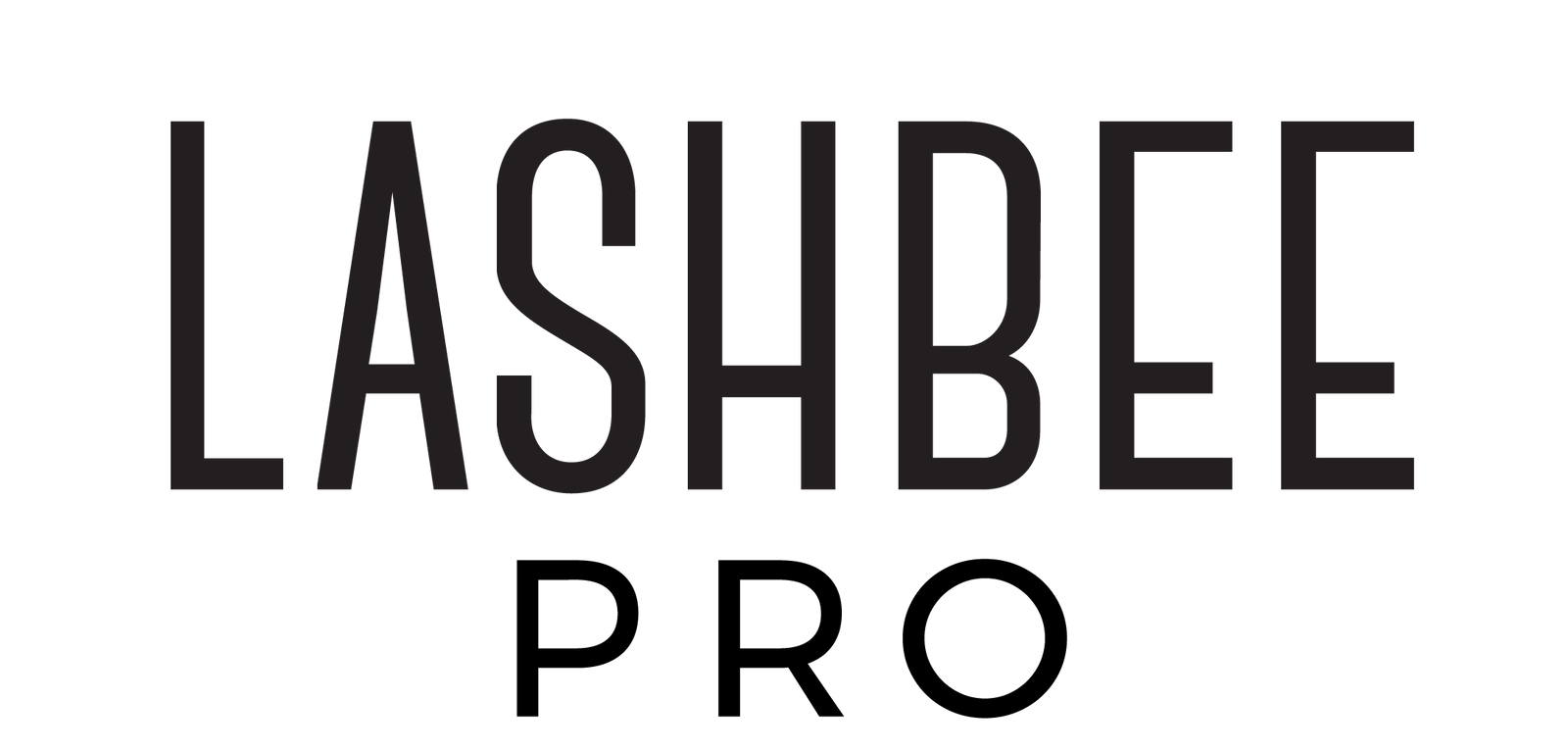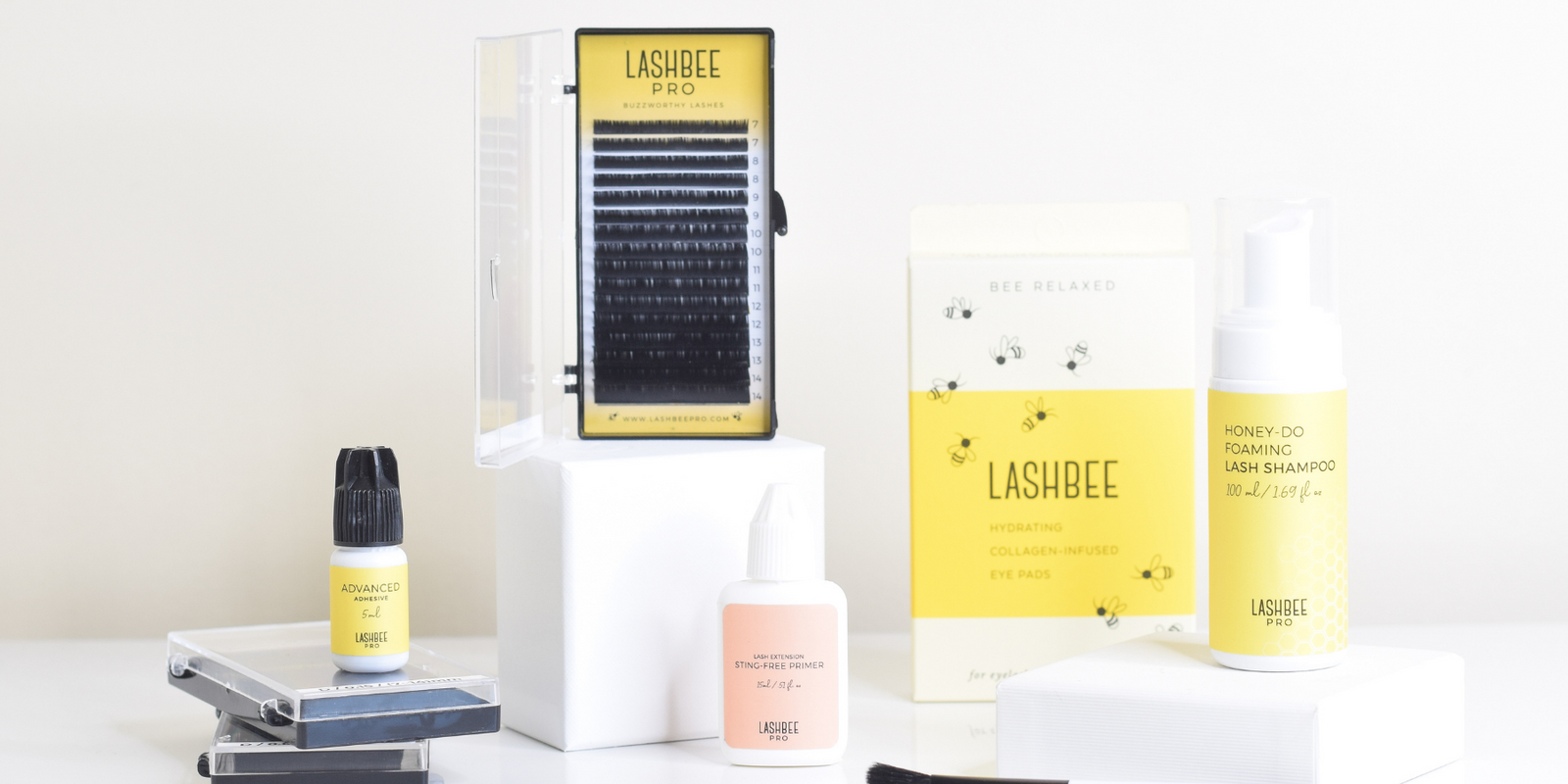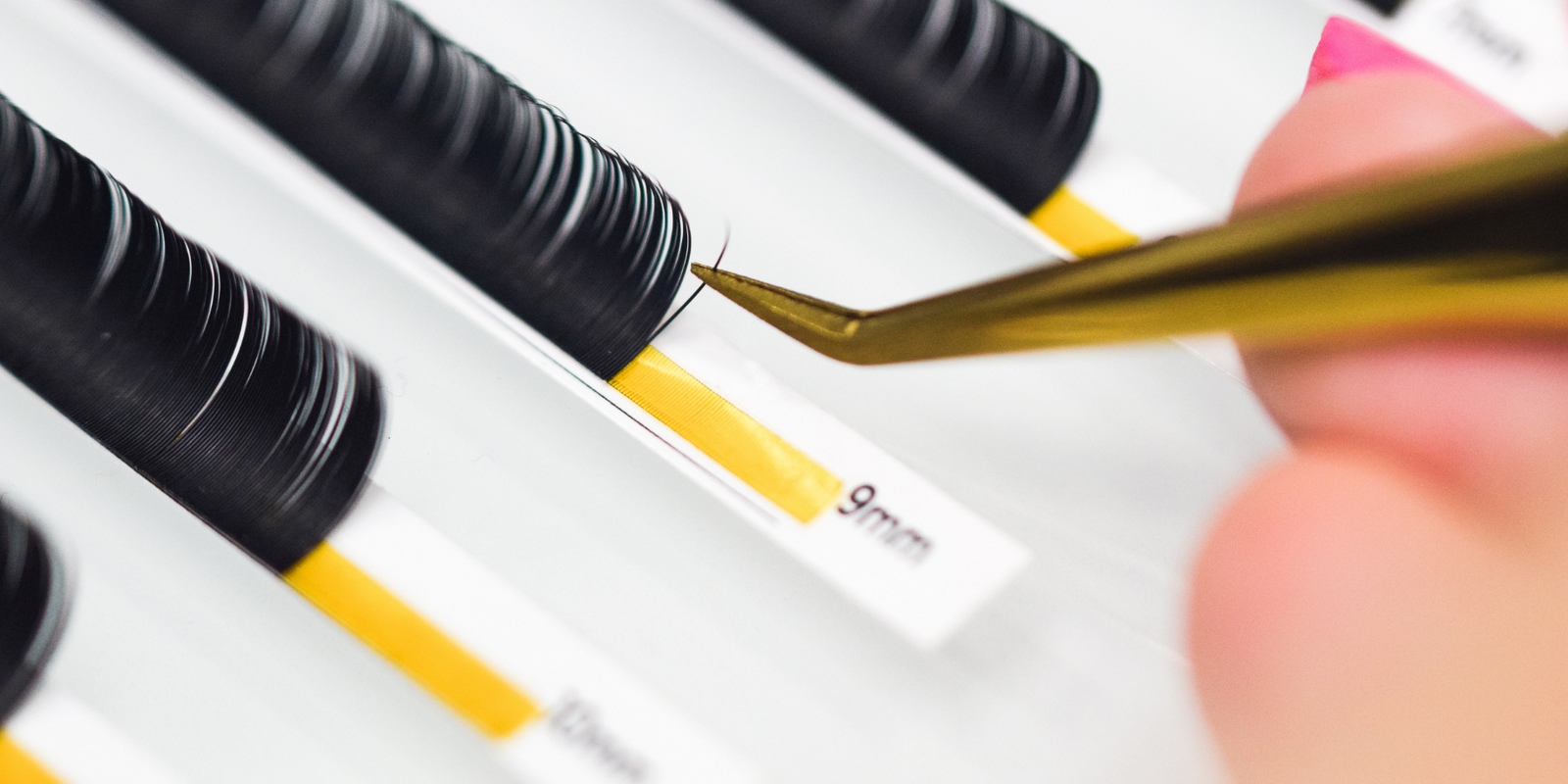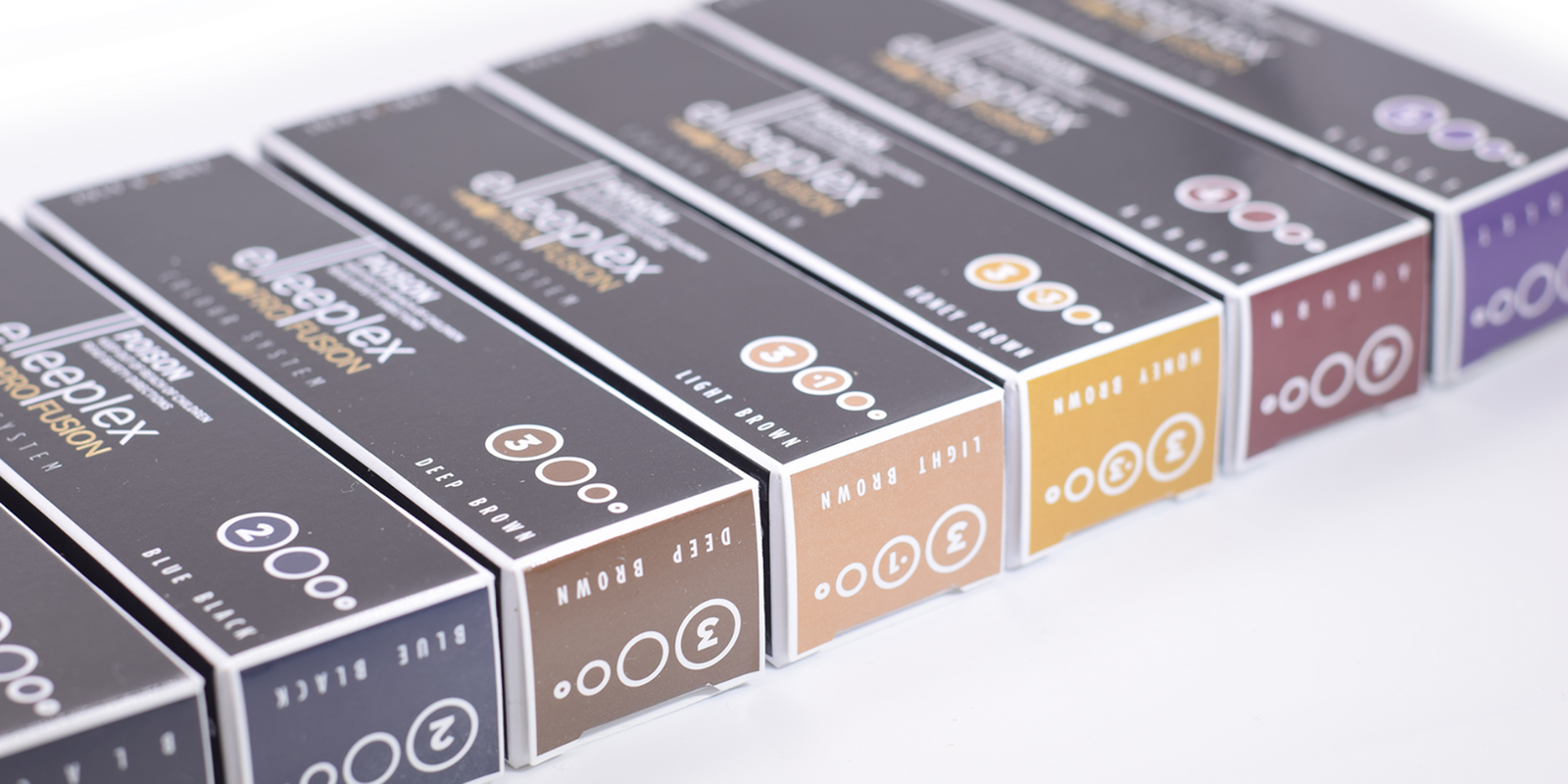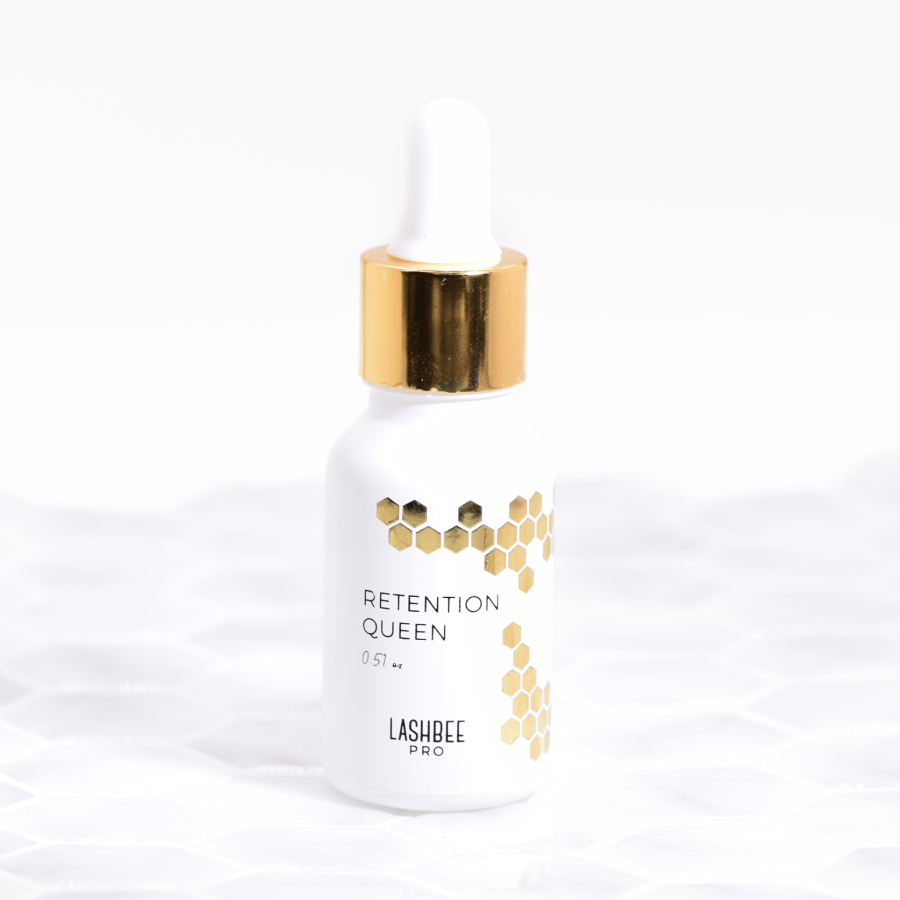It’s unfortunate, but they happen — even to the clients you’ve been servicing for years. As a lash stylist, it is crucial to arm yourself with the proper knowledge and procedures to enact in the event of an allergic reaction after an eyelash extension service. Here, we answer all your questions (and “anti”-questions!) about lash extension allergies, how they develop, and how best to take care of your clients.
What does an allergic reaction look like?
Clients who develop an allergic reaction to their eyelash extension adhesives will typically experience swelling and itching of the eyelids. These usually show up within the first 3 days (72 hours) of completion of a lash service.
What triggers lash adhesive allergies?
Reactions to lash extensions are rarely reactions to the lashes themselves. Rather, reactions occur when the adhesive is uncured (not dry), developing in response to either the carbon black used to pigment the adhesive or, more commonly, the cyanoacrylate base used in nearly every lash glue on the market. (Cyanoacrylates are a group of fast-drying, powerful chemical adhesives.) Just like with any other food or material, a person can develop an allergy at any point in their life — even if they’ve never been allergic before.
RELATED: Cyanoacrylates In Adhesives - Part 2
RELATED: Cyanoacrylates In Adhesives - Part 2
What doesn't trigger lash adhesive allergies?
Formaldehyde is not the cause of lash adhesive allergies. This is a myth! As eyelash extension adhesives degrade over time, formaldehydedoes form as a byproduct — but the amount is so trace that the glue is considered formaldehyde-free.
Similarly, allergic reactions are not the result of the vapors, fumes, or by products produced by the adhesive(regardless of how annoying or funky it can be!), though they can irritate the eyes if lids are not properly shut. Reactions develop when the adhesive touches the skin; the more contact is made and the longer a client’s skin is exposed to the adhesive, the higher the likelihood of an allergic reaction popping up down the line.
Lash extensions themselves do not cause allergic reactions, but attaching them too close to the lid — thereby bringing adhesive too close to the skin and eyeball — can.
What can you do to prevent an allergic reaction from developing?
It’s simple but bears repeating:less is always more.Here’s a few things you can do to stay as safe as possible while applying lash extensions.
Start out using minimal adhesive during the extension application process. You can always add more if necessary. Make sure that with each lash, you’re not getting too close to the lash line; staying at least 1 mm away is a good rule of thumb.
Controlling for these two errors will significantly reduce the risk of your clients developing a reaction. Similarly, as a lash stylist, make sure to remove adhesive immediately when it touches your skin! It will make you less susceptible to allergies yourself.
Use a nanomister.The tiny hydrogen droplets will immediately harden the adhesive, reducing vapors and fumes that can cause irritation as the adhesive cures. Or try using a bonder, like our Retention Queen, to instantly cure adhesive and secure the adhesive bond at the end of your service. Want to compare these two products to see which is more suitable for you and your service? Check out our Bonders vs Nanomisters blog!
Thoroughly review correct aftercare procedures with your client, including using the right lash shampoo with the right brushes, and proper brushing techniques to keep extensions detangled and fluffy! Cleansing lashes will not only help minimize the chances of developing an allergic reaction, but will also help maintain healthy eyes and lashes long-term.
An added bonus: your client will see improved retention, and save money by having to come in for fewer fills — leaving you with plenty of room to court new clients!
We recommend retailing a full aftercare kit to reduce the risk that a client accidentally triggers an allergic reaction in their first three days after a lash service.
What should you do if a client develops a reaction?
The best practice is to simply remove the lashes as soon as the client is able to come back in. Allergy reactions ofanysort are uncomfortable, and you want to take extra precautions with the eyes — the last thing you want is to face legal action because you didn’t act fast enough to take care of a client with an allergy. A few clients may want to martyr their way through their lovely, long lashes or even try to get them redone a few weeks or months later. Remind them that if they develop a reaction once, they likely always will.
What shouldn't you do if a client develops a reaction?
Apply lashes again! Even if they really want them, it will not be worth it.
Additionally, do not offer any medical advice or prescribe any medications to your client, no matter how minor the reaction. Don’t even give them medical advice preventatively! Always suggest that they visit their doctor as soon as you remove the offending lashes. The very last thing you want is to face are legal repercussions from accidentally giving advice that worsens the issue.
We’re all human. Even the best lash technicians will, over the years, encounter clients who develop a reaction. Just as with any other emergency, it’s best practice to stay informed and know what steps to take when it does happen!

